Porosity refers to hair’s ability to absorb and retain moisture. If your hair soaks up moisture easily and takes an especially long time to dry, you have high porosity hair. On the other hand, if your hair takes a long time to get fully wet and dries relatively quickly, you probably have low porosity hair. These differences are largely determined by the cuticle: this outermost layer of your hair controls the movement of moisture in and out of your follicles. If the cuticles of your hair are raised with more gaps, making it easier for water to flow in and out, you have high porosity hair; if your cuticles lie flat, making it harder for water to enter or escape, you have low porosity hair. Generally straight hair tends to be more nonporous than its curlier counterpart: the more bends and curves in your hair mean more opportunities for the cuticle to lift and allow moisture to both enter and escape. But this isn’t set in stone, as you can absolutely have lower porosity curly hair and vice versa with straighter strands.
While genetics play a large part in determining the porosity of your hair, the way you treat your hair can affect it as well. Physical chemical damage to hair are very common: things like getting your hair colored, relaxed, or even rough or tight styling can all damage the cuticle, making it more fragile. And when the cuticle is damaged, these increased openings mean your hair’s porosity is increased.



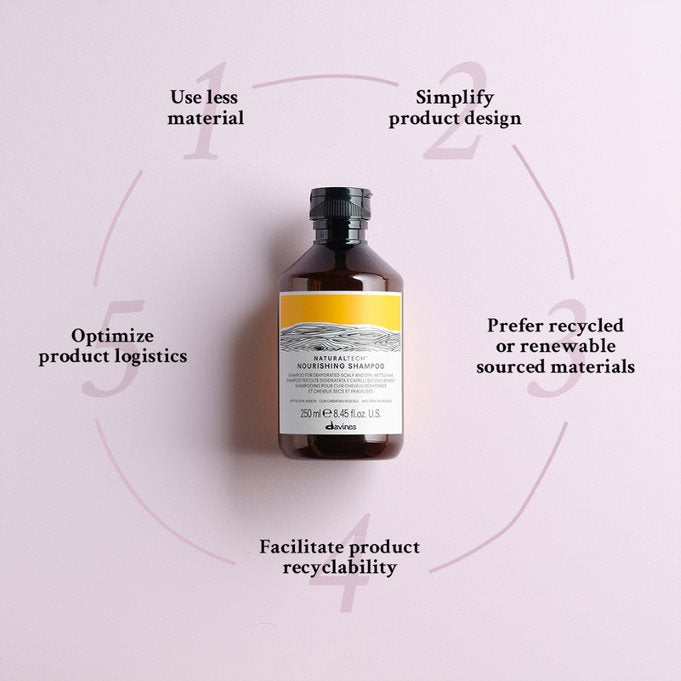
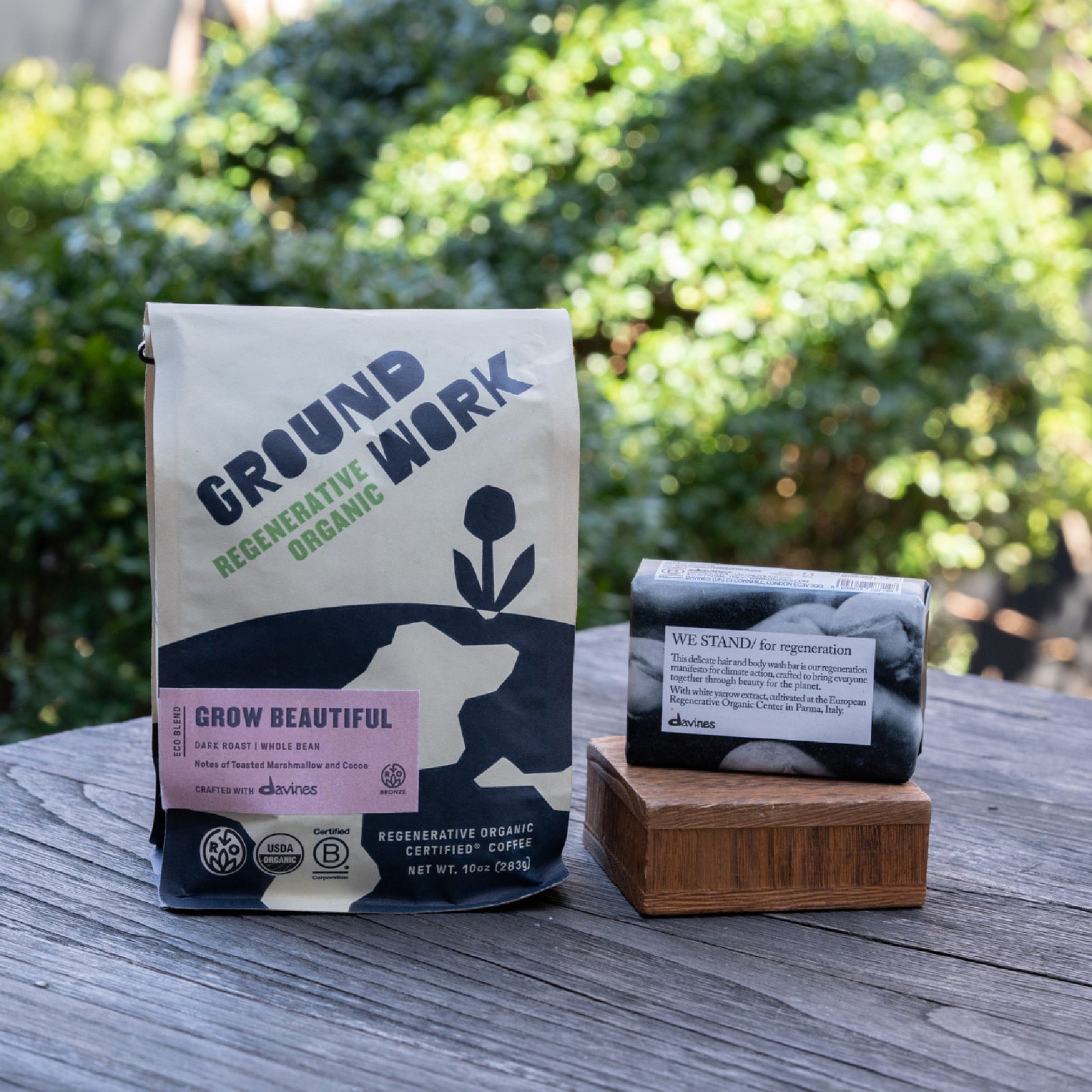
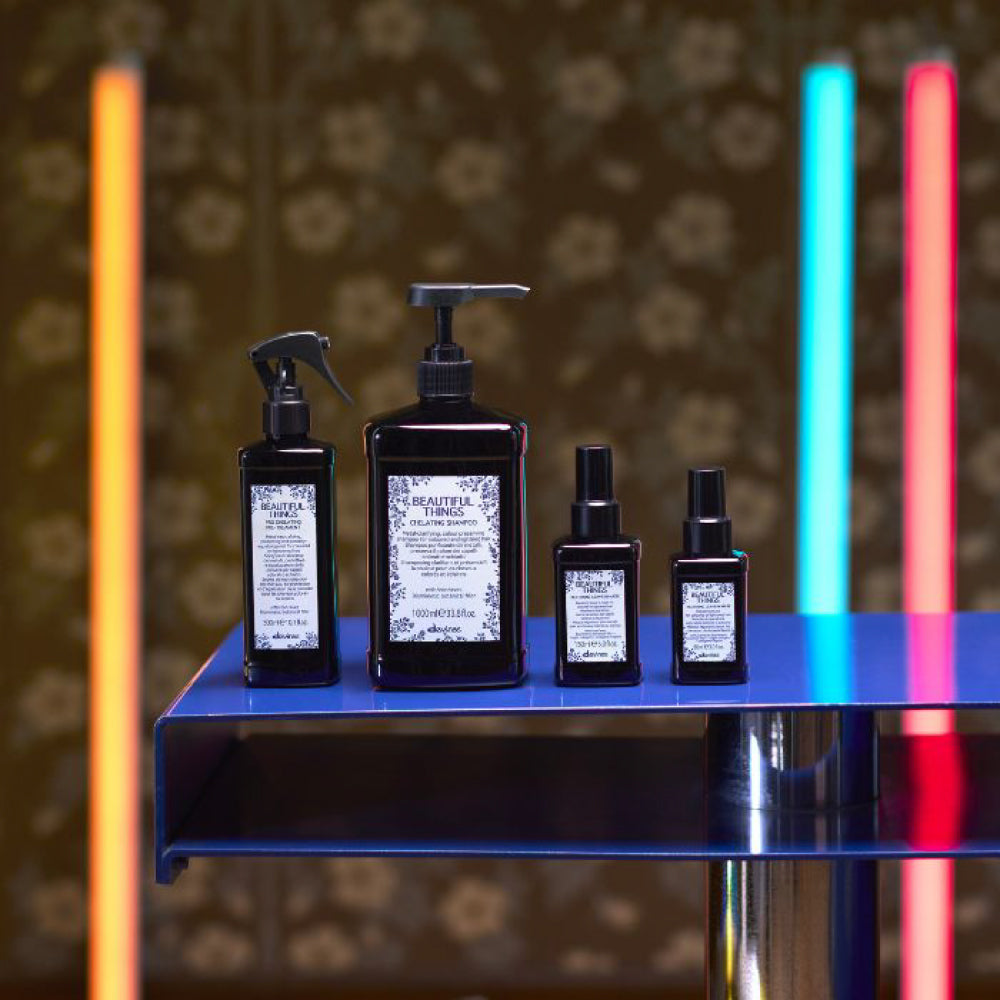

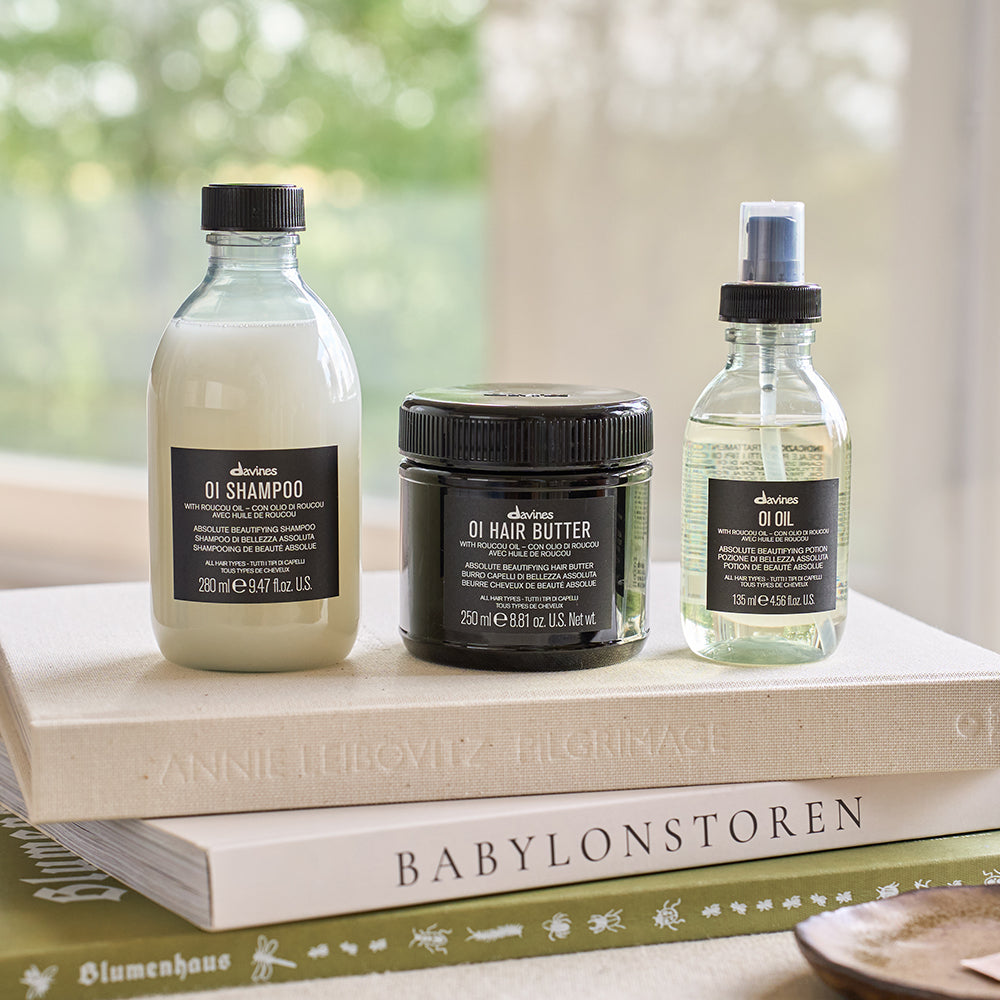
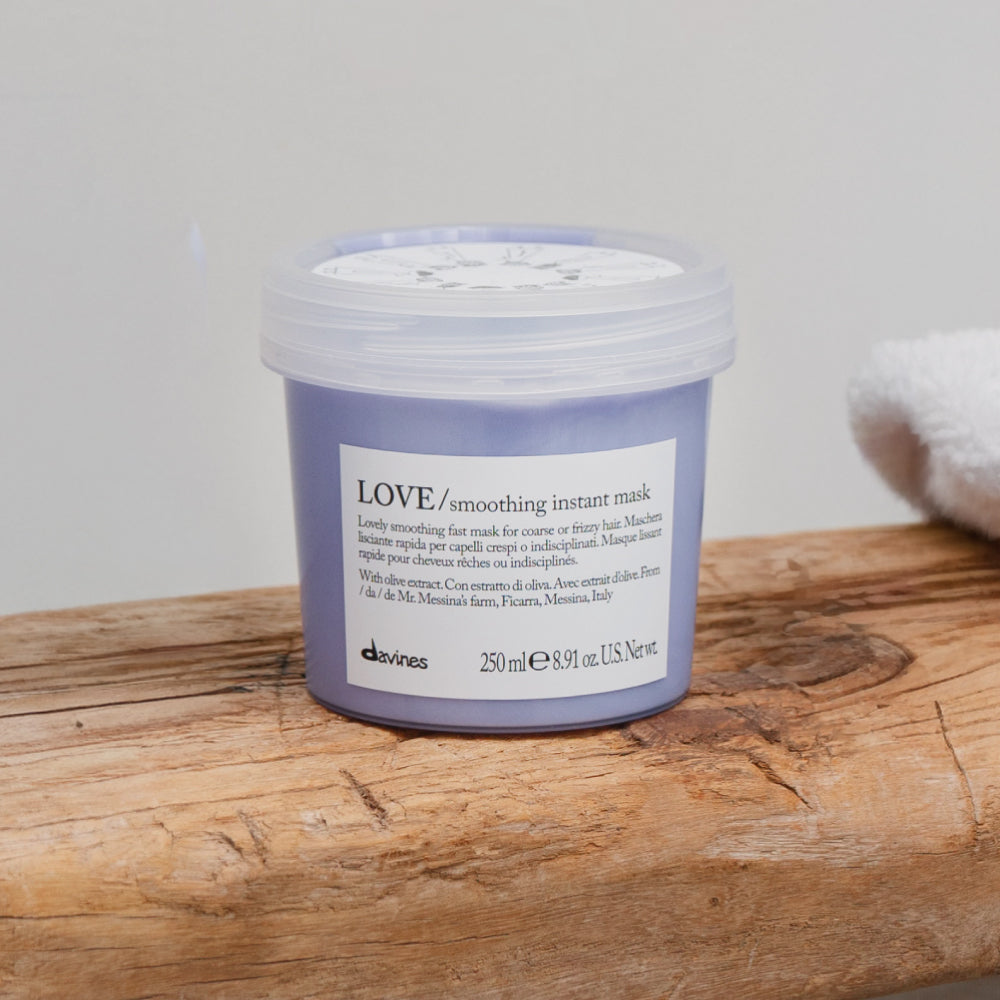

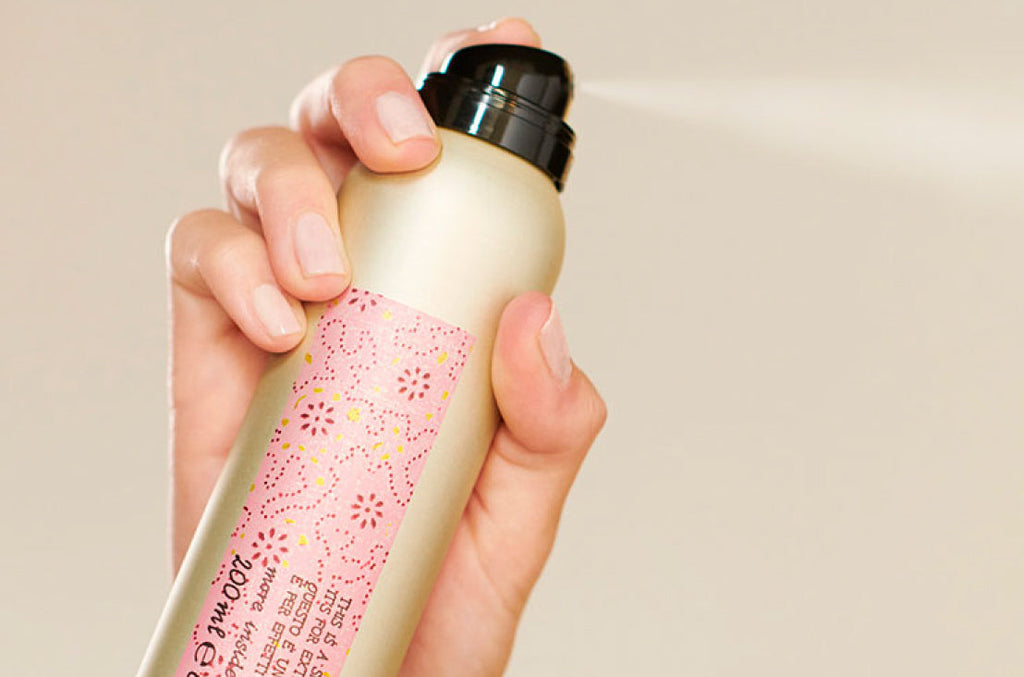
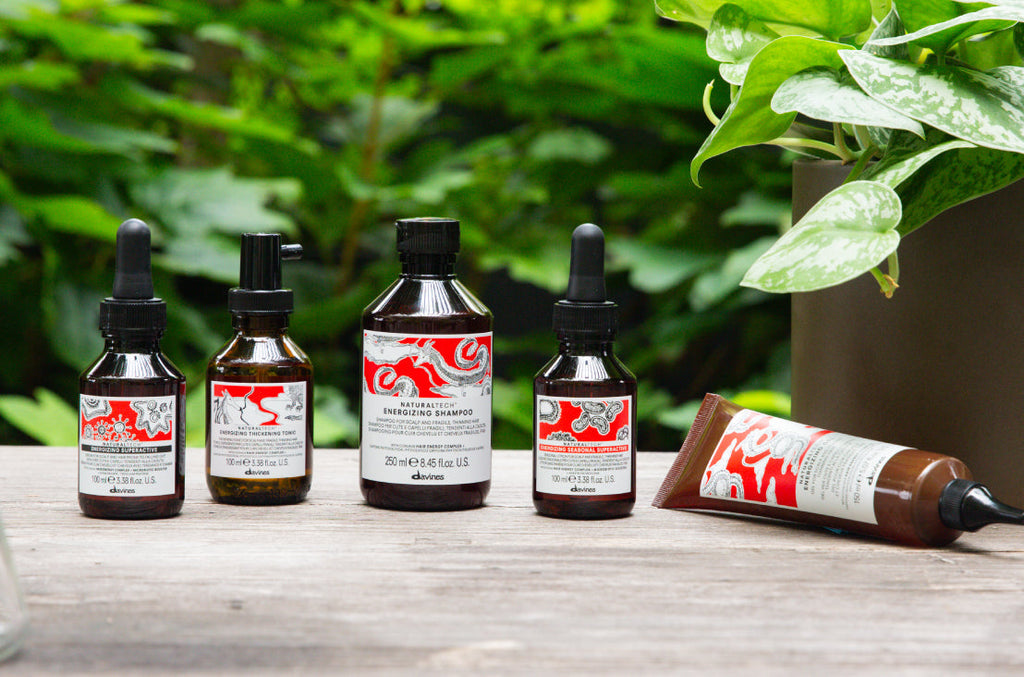
Leave a comment
Comments will be approved before showing up.